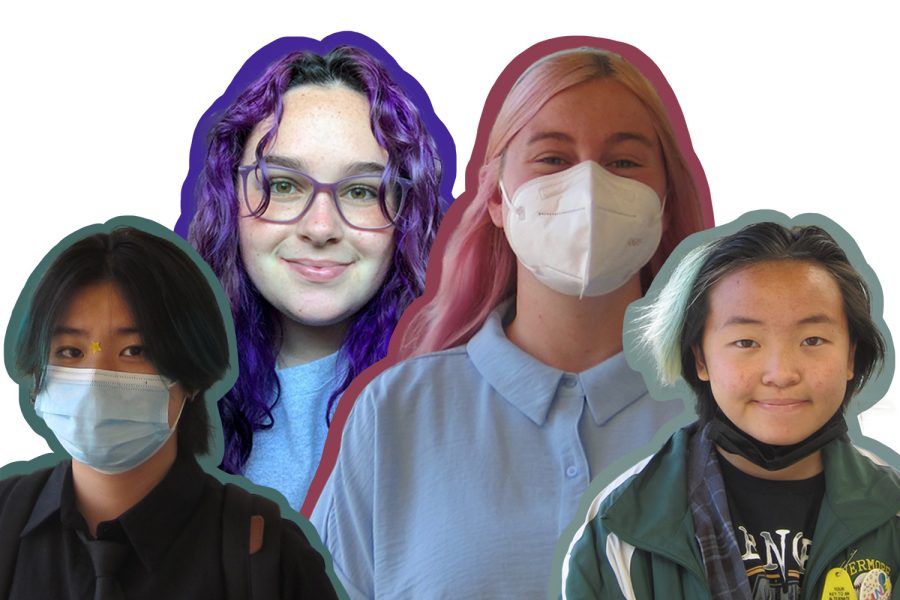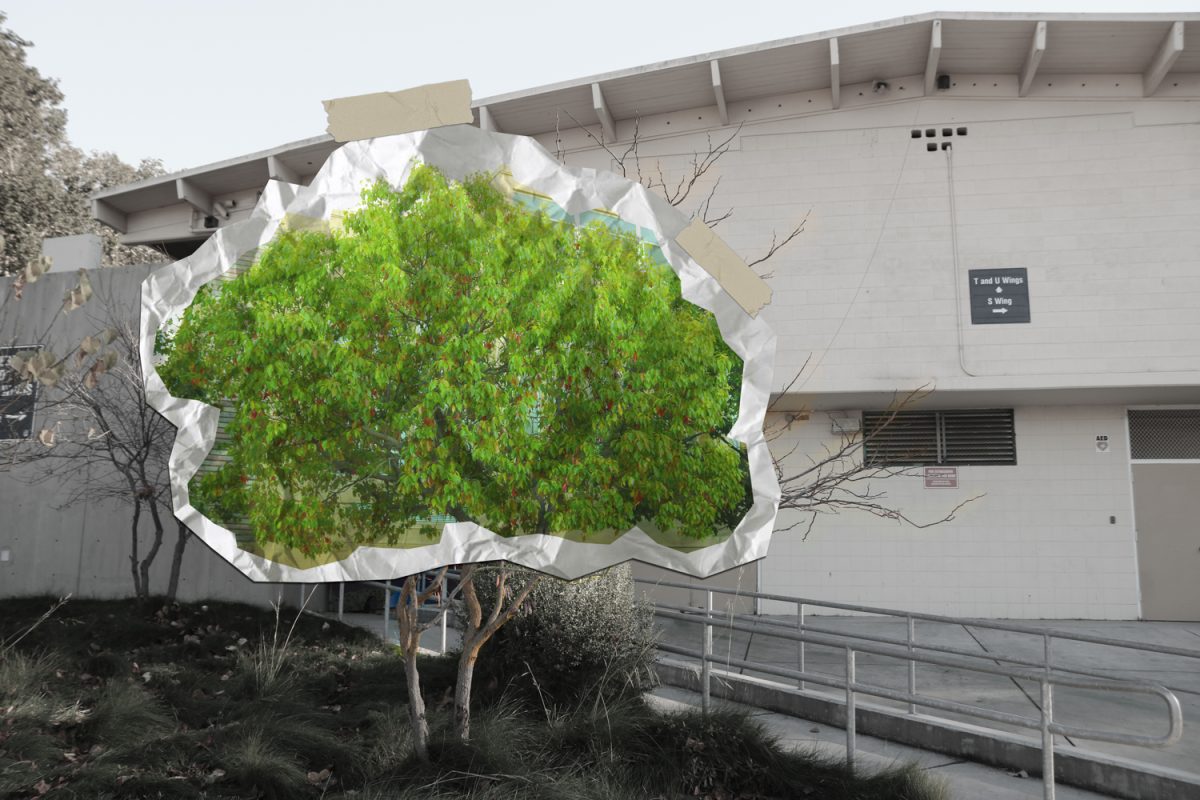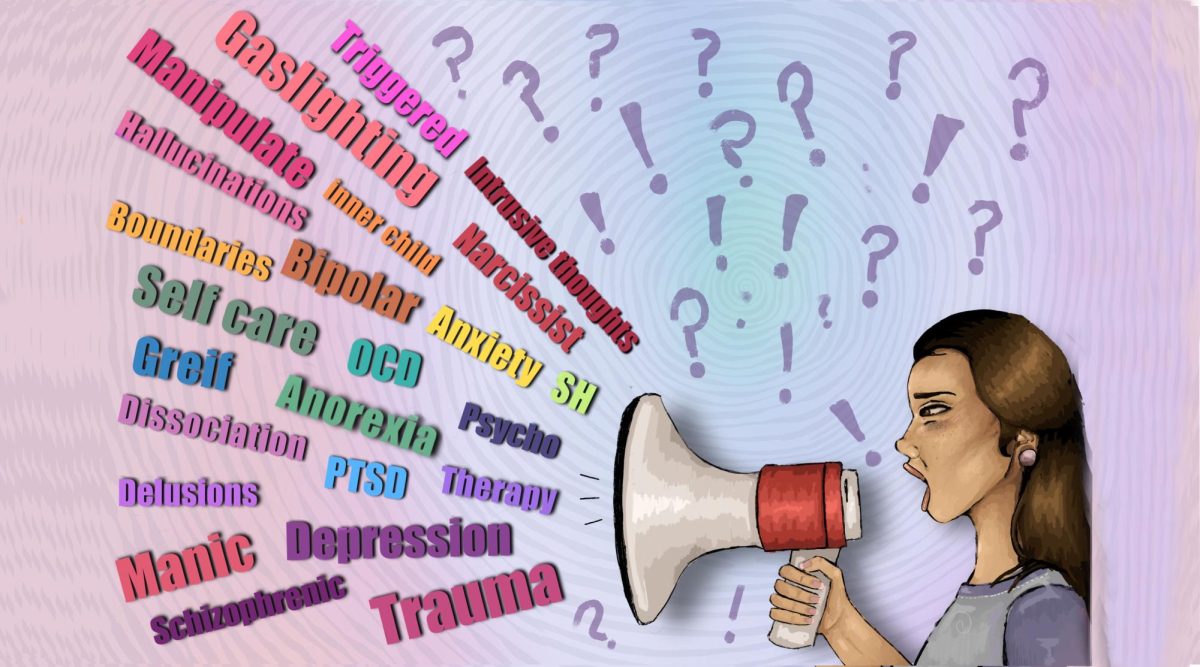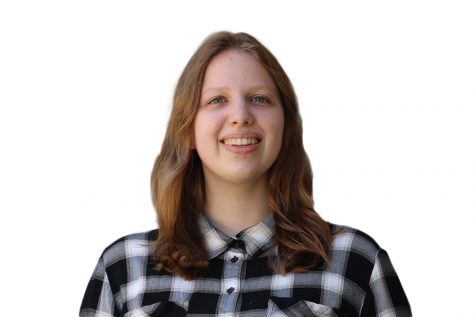Content warning: this article mentions anti-LGBTQ+ harassment.
Hair color is just another form of self-expression, right? Well, not exactly.
When someone chooses to dye their hair, they aim to express themselves and showcase elements of their personality through their appearance. But with time and experimentation, hair color can become a defining part of a person’s identity.
While there are different forms of self-expression, including clothing, makeup, and piercings, dyeing one’s hair is particularly unique.
Julia Wynne, a senior who uses she/her pronouns, dyes her hair to express herself and her identity. She finds colored hair to be a “low maintenance” method of self-expression compared to other things like makeup.
This permanent nature of hair dye that makes it an easy way to express oneself every day also gives it the potential to contradict one’s identity.
“My personality and identity change so frequently, and my hair has outgrown [its accurate depiction of me through] my appearance. It’s extremely expensive to keep up with my identity, so I’m essentially stuck with my hair,” Phie Wei, a freshman who uses they/them pronouns, said.
The cost of hair dye may make hair dye less accessible. Concerns about its safety may also be an obstacle for people who want to dye their hair.
“I eventually convinced them because I live with a ‘hair grows back, why not?’ mentality. We found my hair can withstand quite a lot, so I’ve never had any health or safety issues surrounding hair dye,” Courtney said.
Lotus Tang, a junior who uses they/them pronouns, has also experienced pushback about dyeing their hair from their parents. They explain that until recently, their mom had told them they shouldn’t dye their hair because it is “unnatural” and goes against her values.
What people think about someone’s hair can be invalidating and potentially dangerous.
People with colored hair are often believed to be queer, even though there is no one way to look queer. Because of this, people with dyed hair can be targets of anti-LGBTQ+ harassment.
It is important to acknowledge hair dye’s threat to a queer person’s safety. At the same time, hair color has the potential to impact LGBTQ+ people positively.
According to Courtney, because dyed hair and queerness are “linked societally,” queer people may identify each other based on their dyed hair.
Wei has noticed that people tend to connect their dyed hair with the LGBTQ+ community, allowing them to meet fellow queer people.
“A lot of queer people have been drawn to me because of my hair color, and it makes people assume I’m queer, though they aren’t wrong,” Wei said. “It has helped me find people who are similar to me and make a lot of friends.”
In addition to having similar experiences of meeting queer people because of their dyed hair, Tang describes that their hair has been a general conversation starter.
“I’ve had people message me and tell me they like my hair which I appreciate a lot,” Tang said. “I feel more confident, and I think people are more interested in talking to me because of my hair.”
Tang’s hair displays their creativity and, because they cut and dyed their hair, is a symbol of their independence.
For some students like Tang, dyed hair is a way to explore discrete parts of their identities. For others, their colored hair is a continuous part of their identities.
“I [see] my dyed hair as a symbol of my queerness,” Wynne said. “Attaching my identity to such a prominent feature of mine is a comfort because I let it serve as an expression in place of a specific label or flag.”
Wynne’s dyed hair is closely related to her queer identity, but this isn’t true for every LGBTQ+ person. In addition, everyone’s hair journey is different.
Courtney explains that their purple hair started as a purple streak when they begged their parents to let them dye it at 10 years old. Since then, she has been dyeing more of her hair, always purple.
“After all these years, it’s become an identity staple for me, and I wouldn’t have it any other way!” Courtney said. “My dyed hair is a way for me to stand out and display my favorite color.”
They do not link their hair with their queer identity. Instead, Courtney said her purple hair reflects her “love of color and fun.”
How much of their identity someone invests into their dyed hair varies from person to person. Regardless of its significance, one’s hair is a visible part of someone’s appearance and often intersects with multiple facets of their identity.
Queer expression and connection are essential parts of LGBTQ+ self-care and identity. Dyed hair is just one avenue for queer people to fulfill these needs.
“Dyeing my hair has been a long process of learning and connecting with others as well as exploring my identity and how to express myself,” Wynne said. “I’m really happy with where I’m at with it.”













